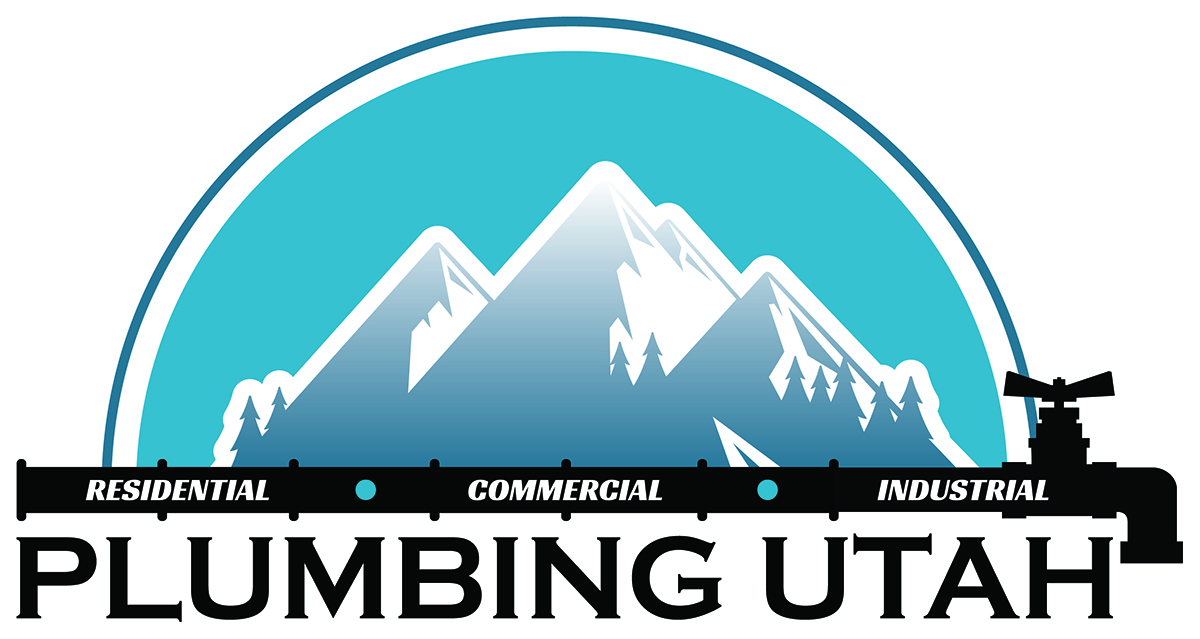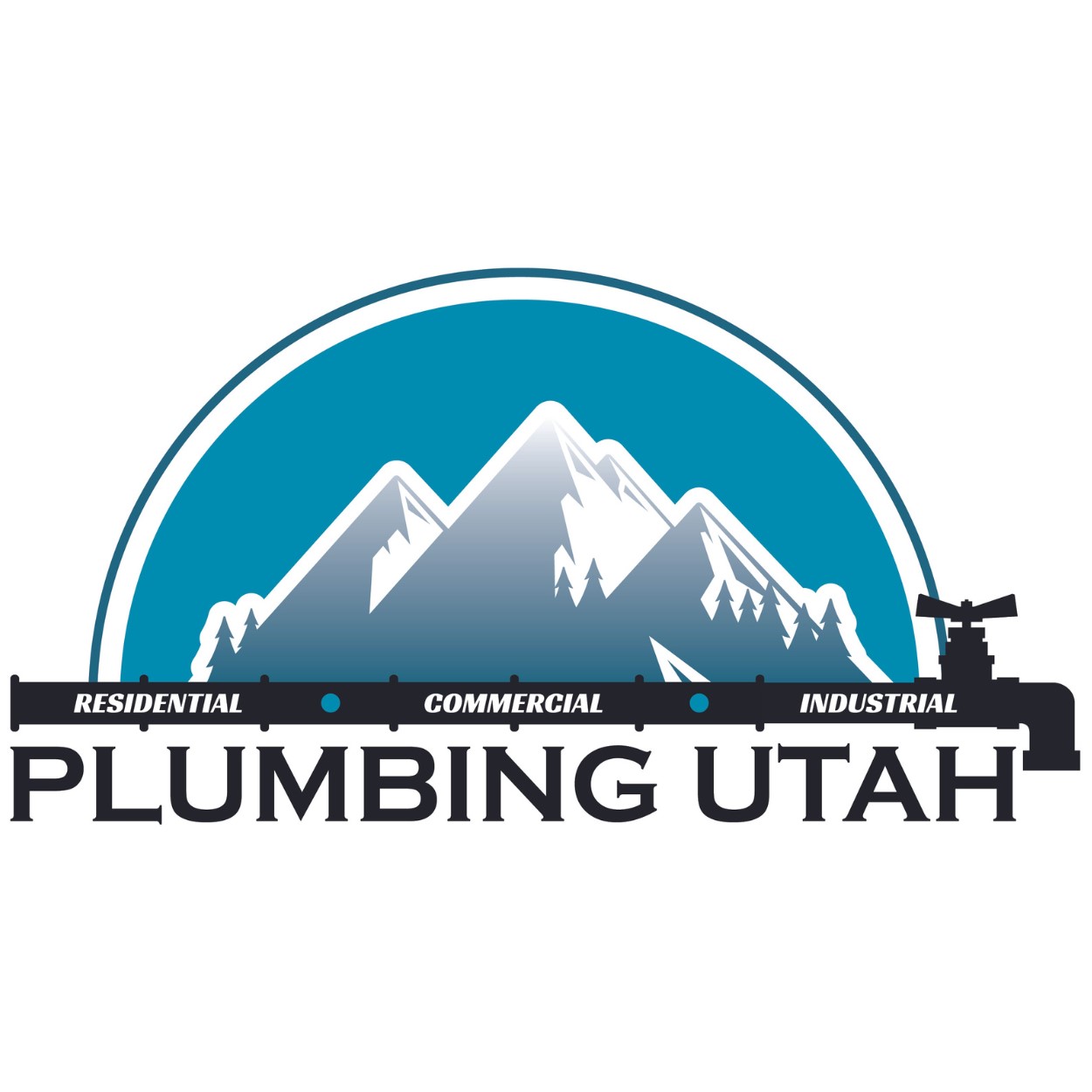Having adequate water pressure throughout your home’s plumbing system is beneficial in many ways. It ensures you have enough water to meet all your needs without worrying about a shortage or interruption in service. With adequate water pressure, you can easily take showers, run the dishwasher and washing machine without worrying about running out of water, and flush the toilet without any problems.
On top of this, it also helps regulate energy costs; lower water pressure requires more energy to push the water through the system, which translates into higher energy bills. Adequate water pressure also decreases wear and tear on your fixtures by ensuring they do not experience constant stress from low flow or strain from high-pressure levels.
Where Utah gets our water: https://deq.utah.gov/drinking-water/utahs-drinking-water
Things You Can Do To Increase Water Pressure
Water pressure in a home’s plumbing system directly affects how efficiently fixtures and pipes will function. Low water pressure can cause showers to run slowly, toilets to flush poorly, washing machines to take forever to fill up with water, and more. If you’re dealing with low water pressure in your home, there are several steps you can take to increase it.
One of the most common causes of low water pressure is sediment build-up inside the pipes. You should start by checking all the faucets in your home for discolored or rust-colored water coming out when turned on. Such sediment indicates that a thorough cleaning needs to be done to restore full flow capacity. This can be done by shutting off the main water valve and flushing out old sediment from all the pipes with a garden hose.
Other Reasons Why Your Water Pressure Can Be Low
Another potential cause of low water pressure could be a malfunctioning pressure regulator or shut-off valve. If your home has either of these, it’s important to check them regularly for any signs of corrosion, wear and tear, or other damage. If these valves are damaged, they must be replaced to restore full flow capacity.
If you’re still dealing with low water pressure after checking all the items above, consider installing an additional pump on the line leading from your municipal water supply. This can help increase water flow through your pipes and improve overall water pressure throughout your home.
Finally, suppose you’re still having problems with low water pressure. In that case, it may be time to call a professional to look into the issue more thoroughly and determine the best solution for improving the water pressure in your home’s plumbing system. With the right diagnosis and repairs, you’ll soon have water flowing freely throughout your house again!
These tips have helped help you figure out how to increase water pressure in your home plumbing. If you’re continuing to experience issues with low water pressure, don’t hesitate to contact a plumber for further assistance.

